Rare Photos Of France’s Stilt-Walking Shepherds: Grassland Life From 1843 To 1937
When it comes to stilts, we usually picture circus performers or street entertainers balancing high above the crowd. But many may not know that these seemingly “impossible” devices were once a practical tool for French shepherds in the Landes region.
In the beginning of the 20th century, stilts were a key part of daily life because they allowed shepherds to navigate the terrain and keep a watchful eye on their flocks. It helped make tough tasks easier in ways we might not expect today.
History of stilt walking
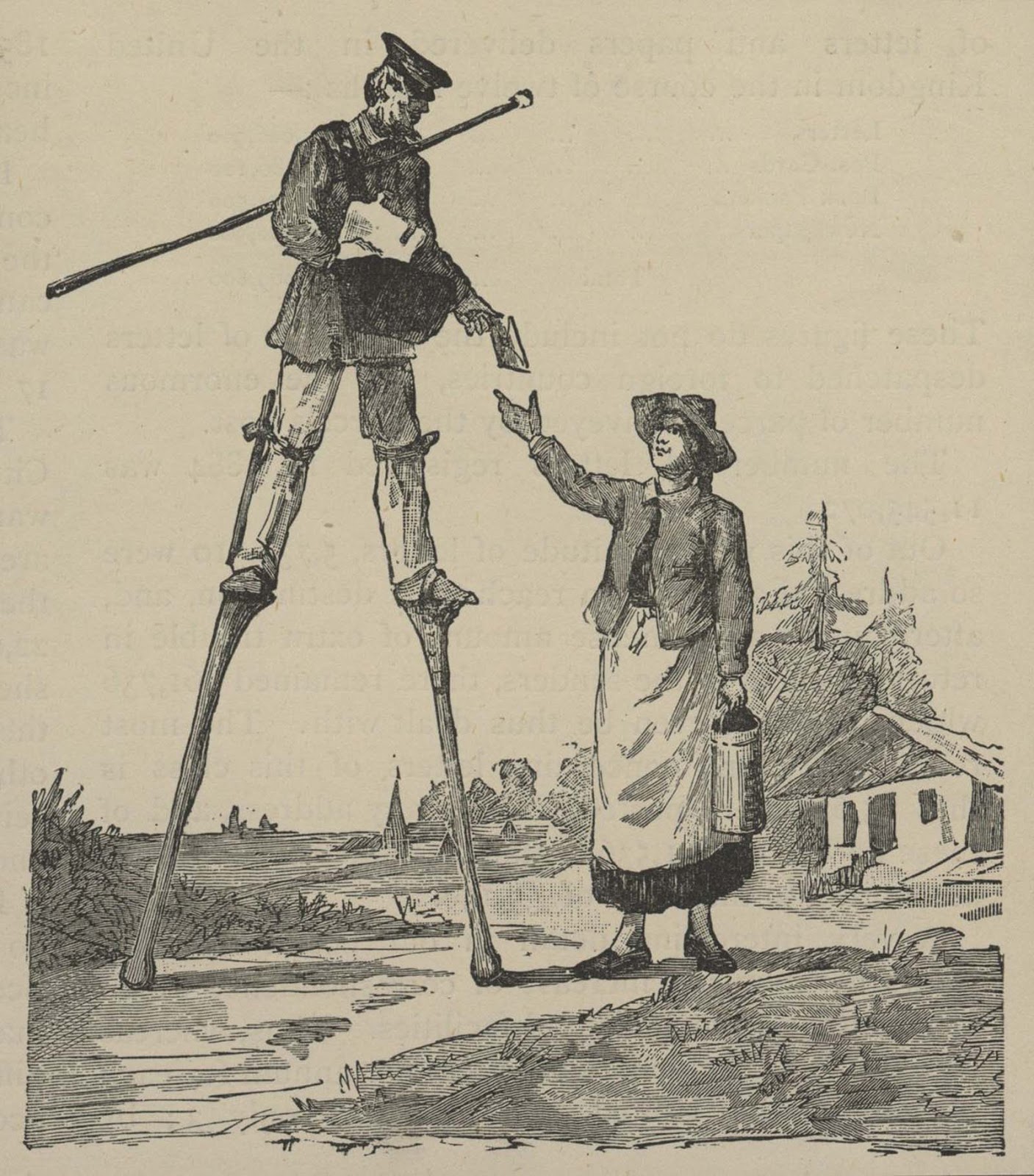
Stilt walking has a fascinating history that stretches across centuries and continents. In Armenia, Urartian bronze belts from the 9th to 7th centuries BCE show images of acrobats on stilts, while evidence from ancient Greece points to the practice as early as the 6th century BCE.
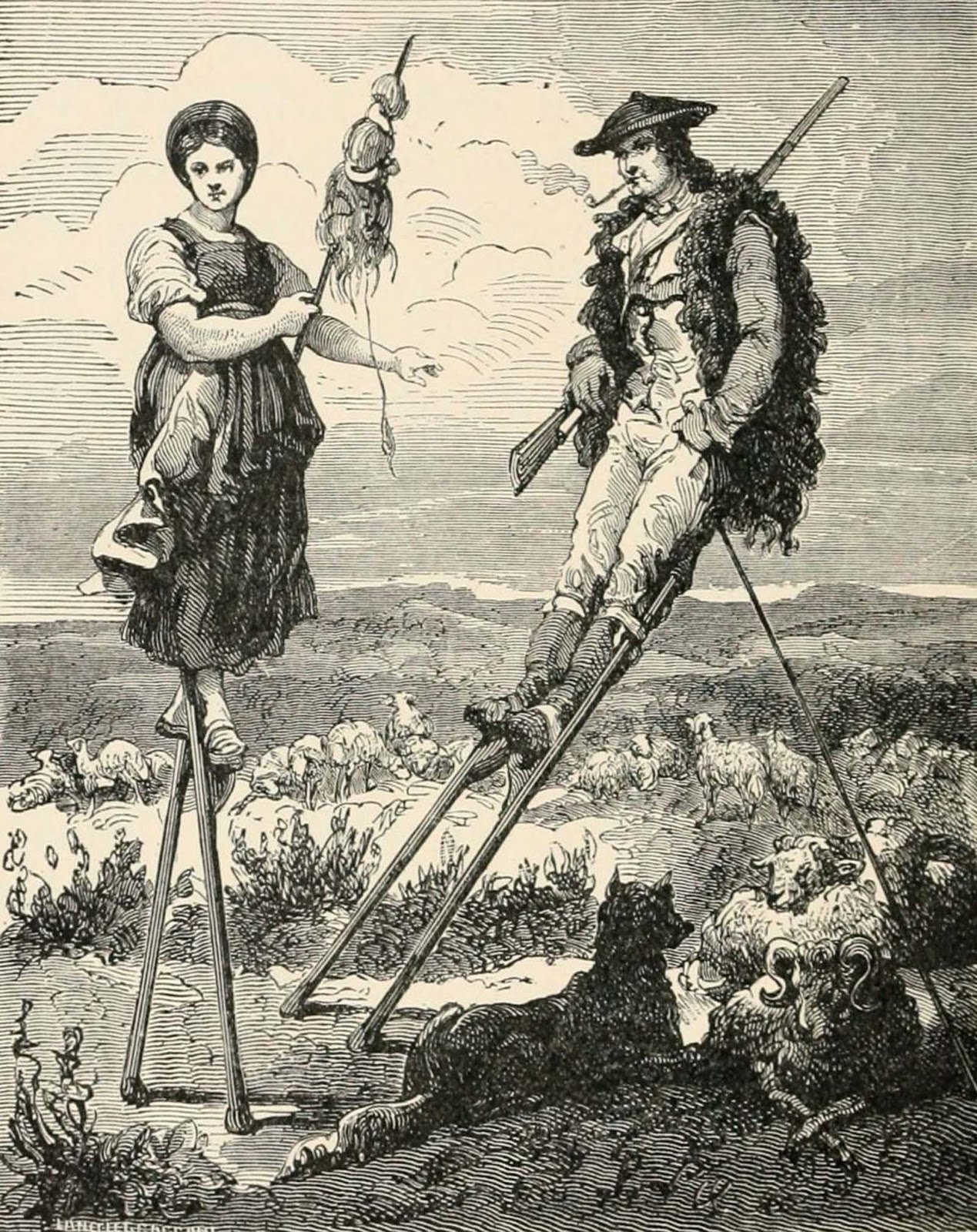
In Namur, Belgium, stilt walking has been part of local tradition since 1411, with townspeople even engaging in stilt-fighting contests. Stilts weren’t just used for entertainment, though—they served practical purposes in marshy or flooded areas.
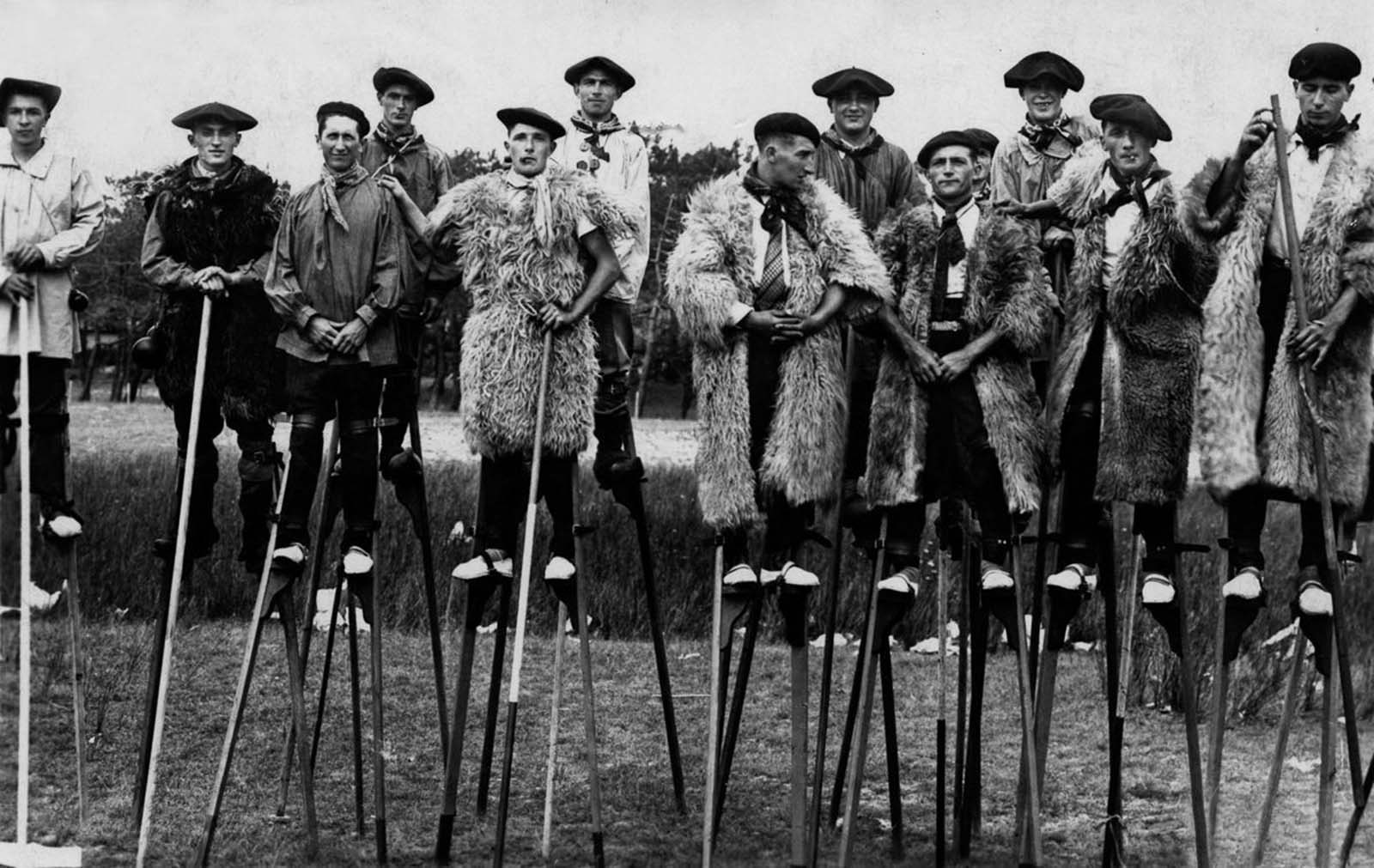
In southern France, shepherds used stilts to oversee their flocks from higher ground, while villagers relied on them to navigate the soggy terrain in their daily lives.
Images of the stilt-walking shepherds of France’s grasslands
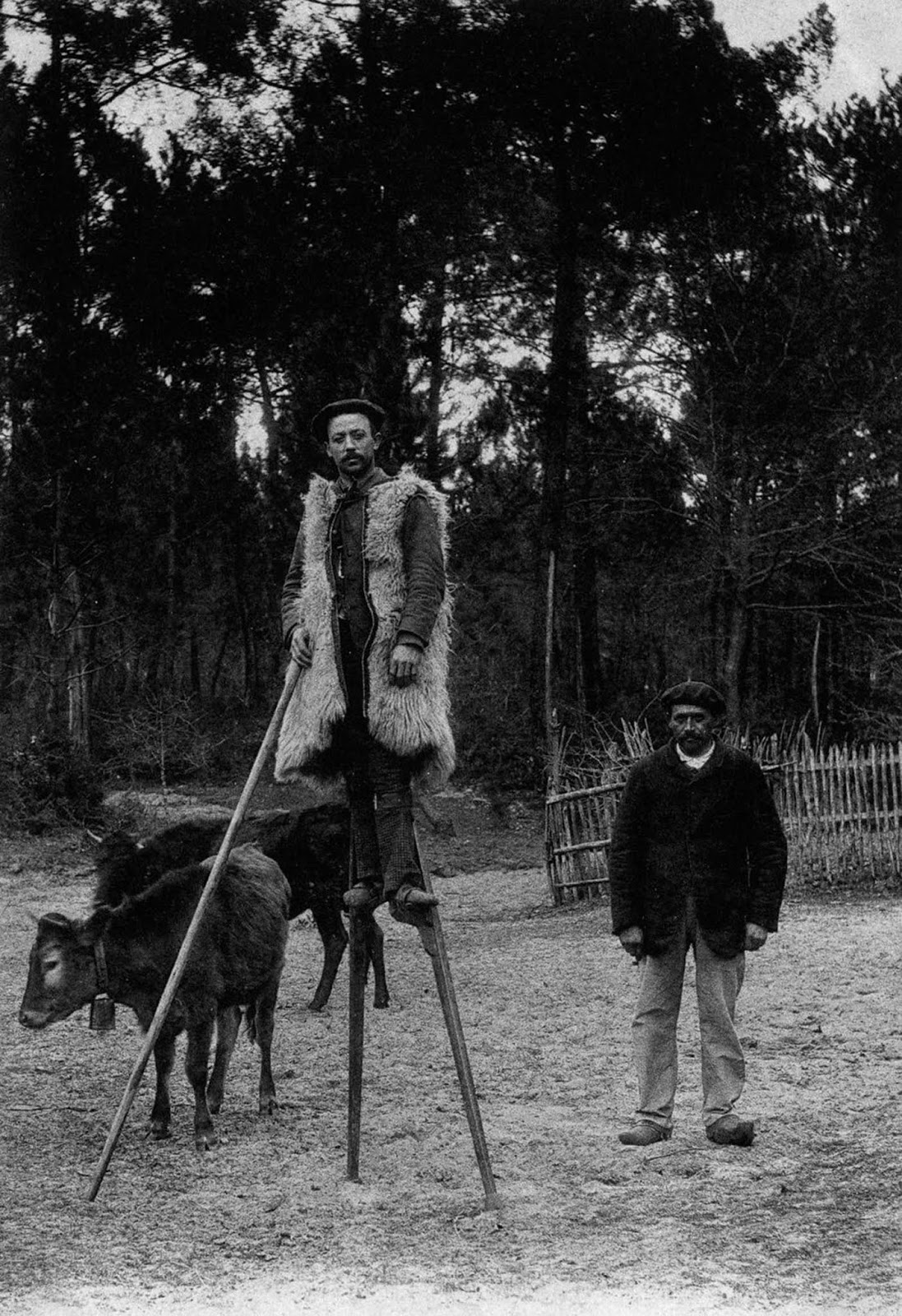
In the past, the region of Landes in southwestern France was known for its marshy, flat landscape, making travel difficult. With few proper roads, shepherds came up with a practical and creative solution—they used stilts to get around. This unusual mode of transportation was widely popular in the beginning of the 20th century.
Although nobody is sure when the practice began, it is reported that its roots may go back much further, with the first known mentions appearing in the 18th century.
Moving on stilts allowed the shepherds to match the speed of a trotting horse, making it easier for them to watch over their sheep and cover more ground in the expansive heathlands.
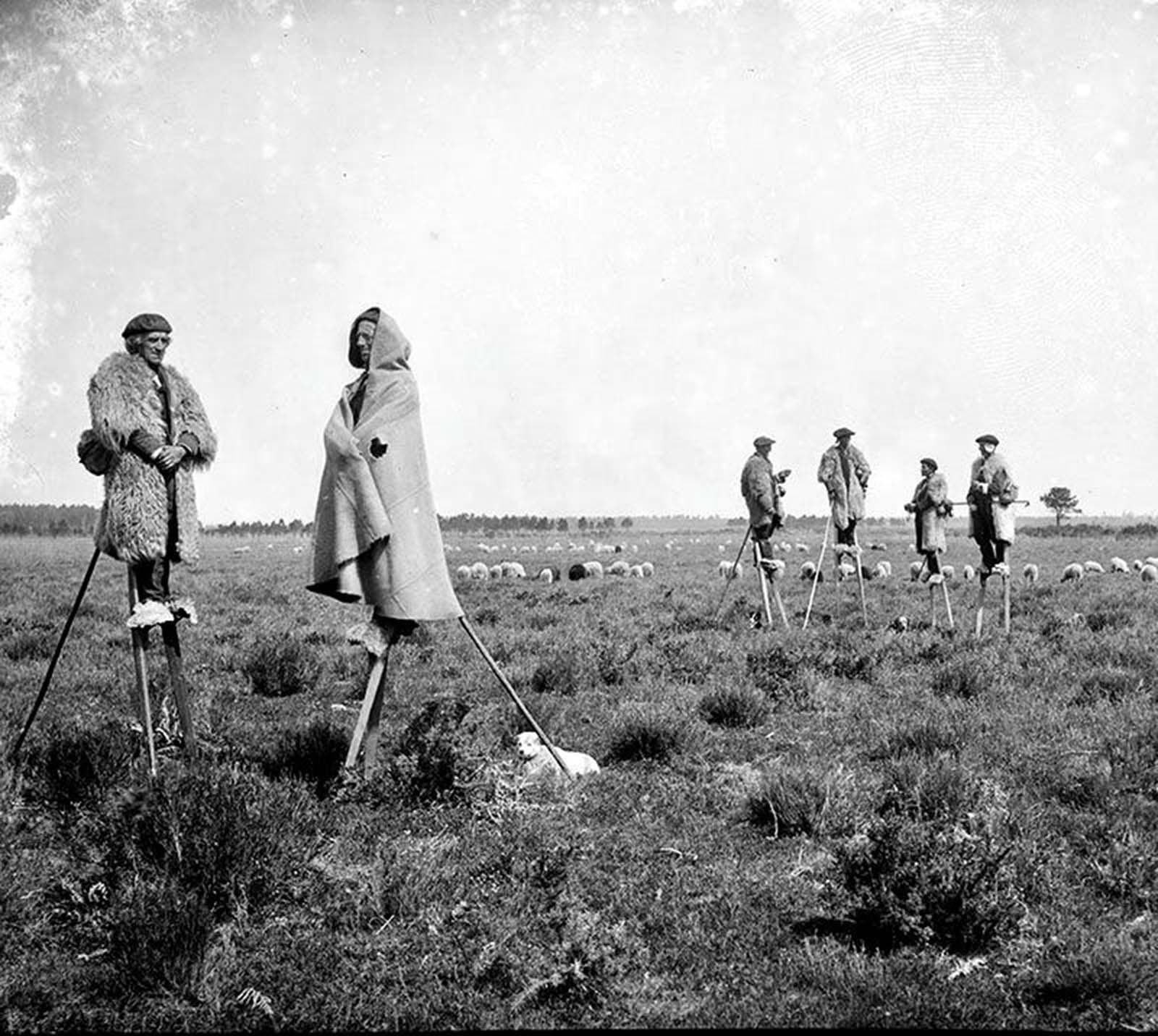
In an 1891 Scientific American Supplement article, the shepherds of the Landes region were described using stilts known in the local Gascon dialect as “Tchangues,” meaning “big legs.” These wooden stilts, about five feet tall, had a strap to secure the walker’s foot, and the bottom was often reinforced with sheep bone.
With a long staff in hand, shepherds used this setup to manage their flocks while comfortably perched high above the ground. This vantage point allowed them to spot wandering sheep and keep a lookout for wolves.
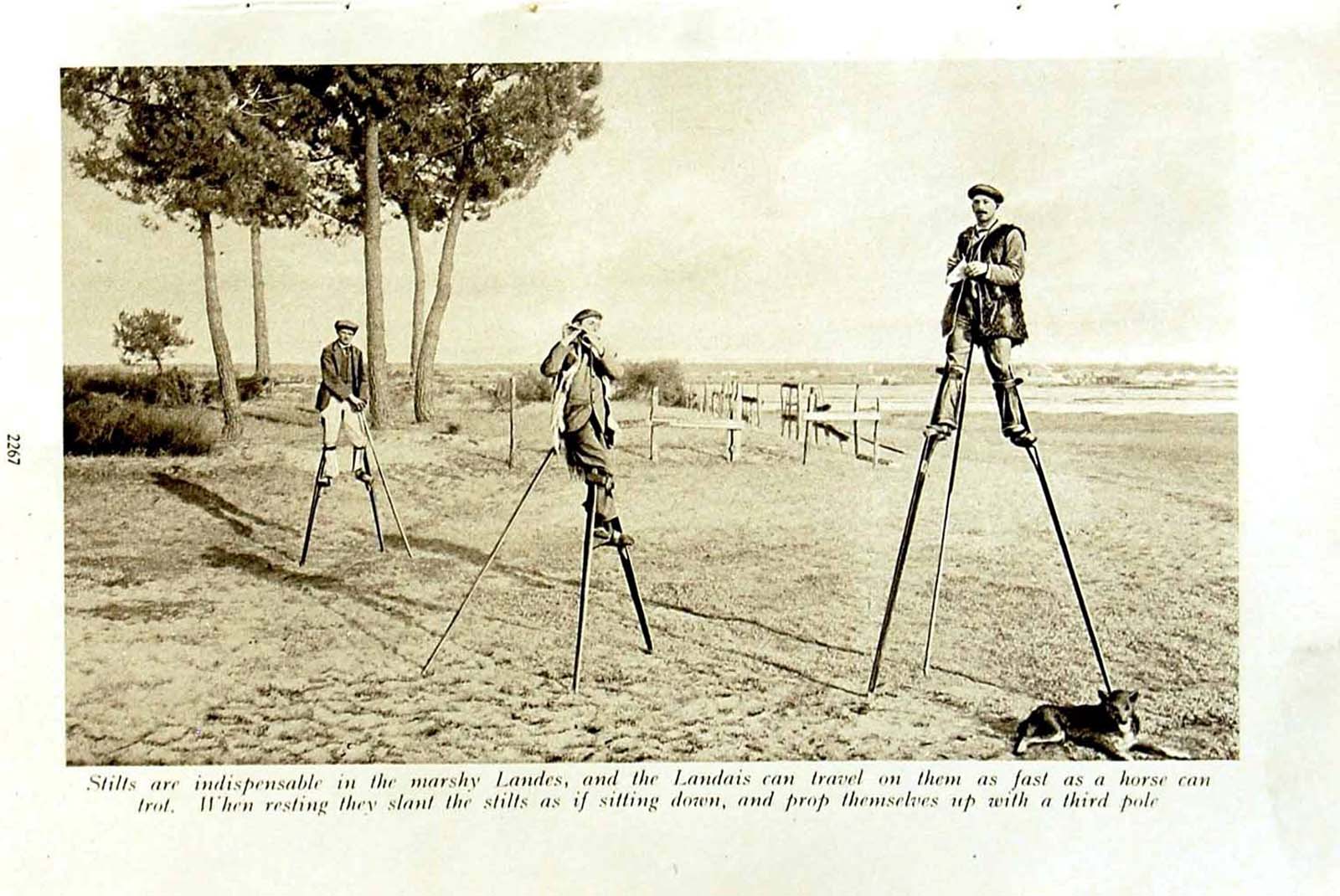
From a young age, the people of Landes mastered stilt walking, showing remarkable agility—running, jumping, and even picking flowers with ease while balancing on their stilts.
The agility of the Landes stilt walkers amazed anyone who saw them, including Empress Joséphine de Beauharnais. In 1808, on her way to meet Napoleon I in Bayonne, she was greeted by an escort of these stilt walkers, whose long strides kept up easily with her carriage horses.
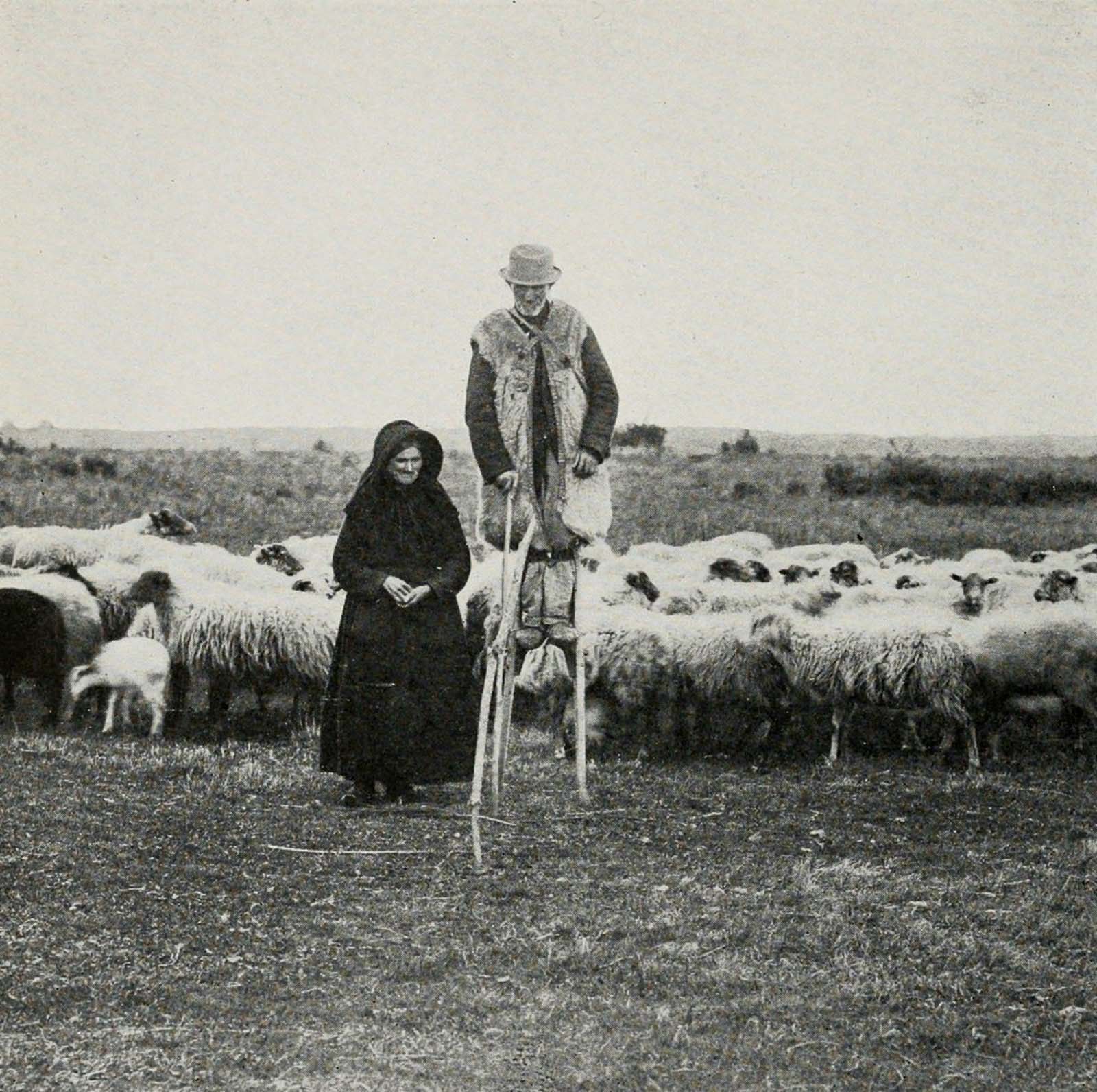
The stilt shepherds of Landes were written about in the Scientific American Supplement, No. 821, Sep. 26, 1891: “The shepherds of Landes… acquire an extraordinary freedom and skill … knows very well how to preserve his equilibrium; he walks with great strides, stands upright, runs with agility, or executes a few feats of true acrobatism, such as picking up a pebble from the ground, plucking a flower, simulating a fall and quickly rising, running on one foot, etc”.
By the 19th century, however, as the marshes of the Landes region began to dry up, the shepherds no longer needed stilts to navigate the land, and the practice started to fade away.

